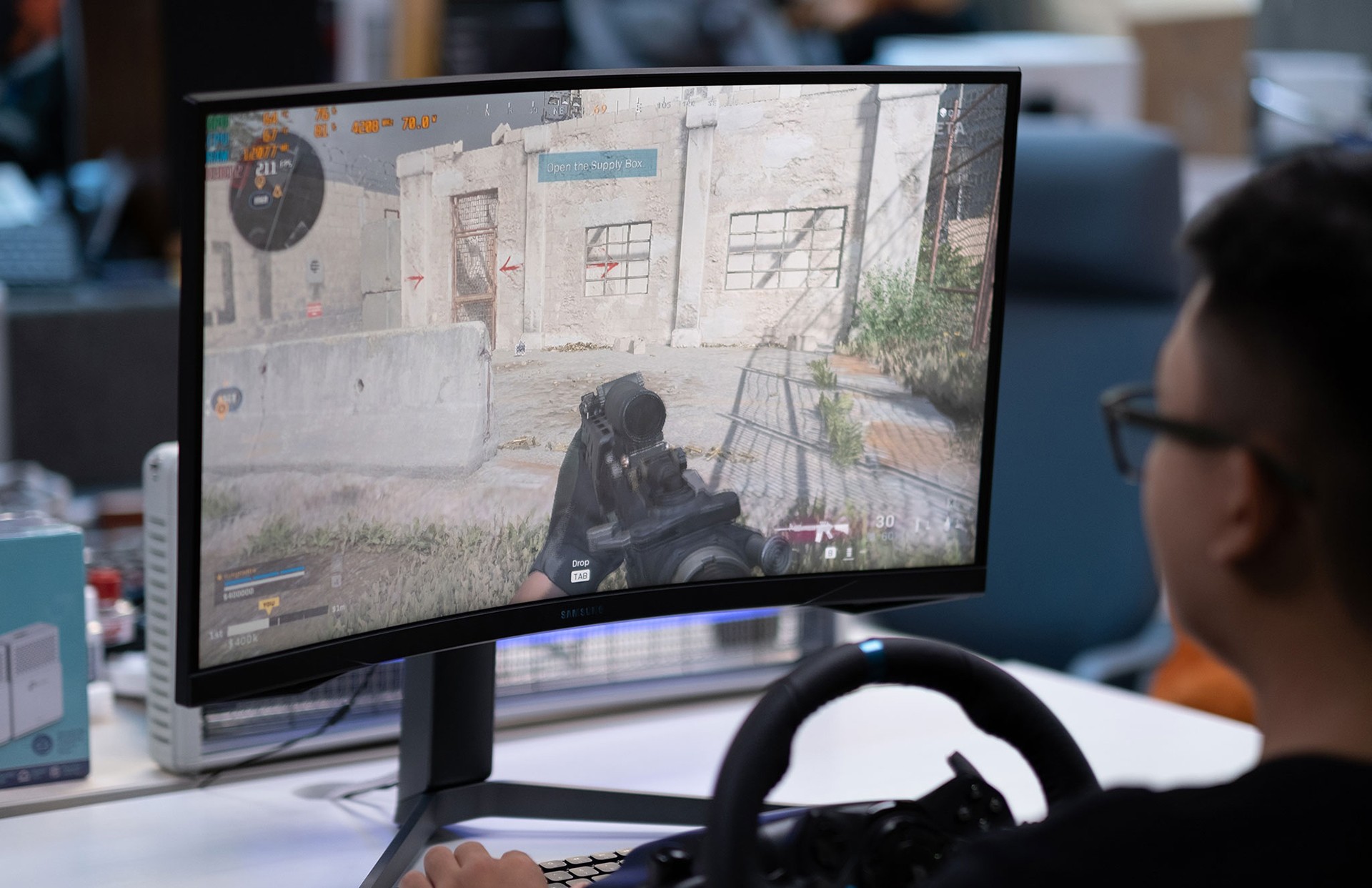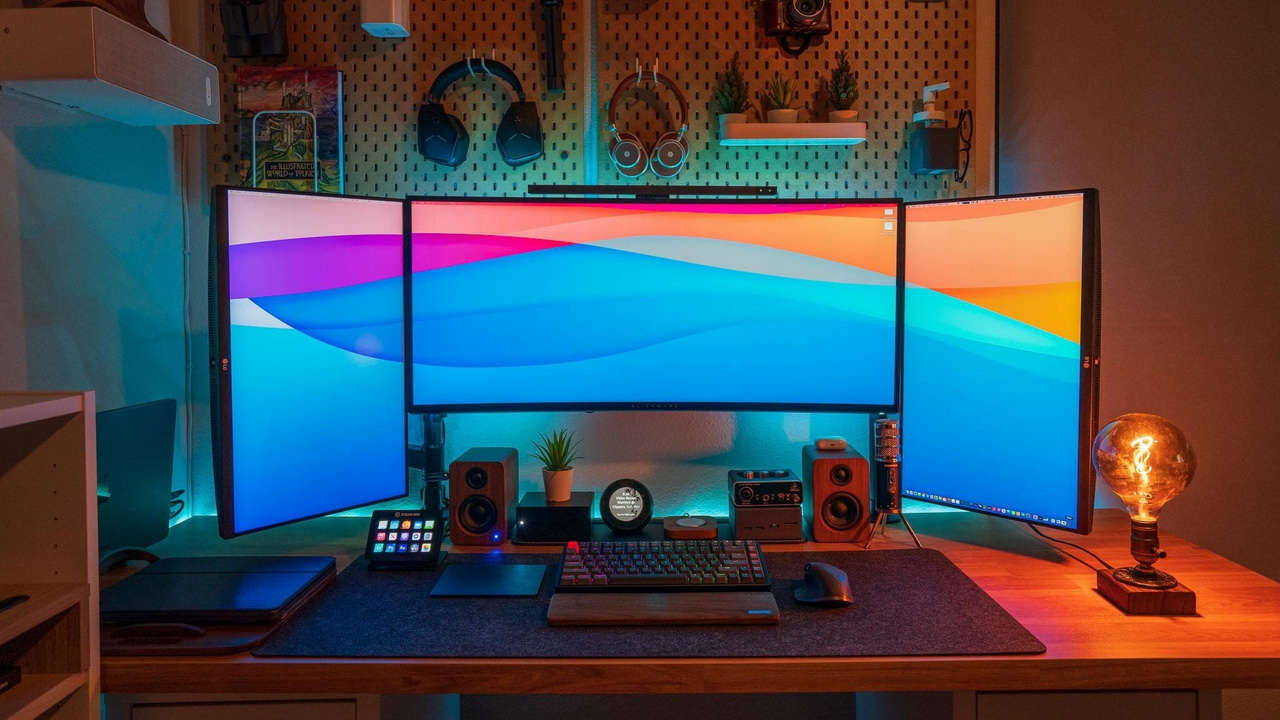When choosing a new screen, you often hear experts discussing the refresh rate of the screen. So what is this factor? How does it affect the user experience?

The refresh rate is the frequency at which your entire screen refreshes the images. A higher refresh rate makes motion on the screen appear smoother, as the screen updates the position of each object faster. This helps users easily track moving opponents in first-person shooter games or makes the screen respond better when you scroll down a webpage or open an application.
The refresh rate is measured in hertz: for example, a refresh rate of 120Hz means the screen refreshes every pixel 120 times per second. While 60Hz used to be the standard frequency for both computer screens and smartphones, manufacturers are now gradually adopting higher refresh rates.
The benefits of increasing from 60Hz to 120Hz or 144Hz are easily noticeable to most gamers, especially in fast-paced first-person shooter games. (However, you will only notice the benefits if you have a powerful enough GPU to render frames faster than 60fps at the resolution and quality settings you choose).
A high refresh rate makes it easier to visually track moving objects, making sudden camera movements smoother and reducing the perceivable motion blur effect. The online community has mixed opinions regarding improvements of screens above 120Hz. If you are interested, you can try it out yourself to see if it makes a difference for you.

Another factor to consider is the response time. The response time measures how long it takes for a single pixel to change color in milliseconds. A low response time means fewer artifacts, such as motion blur or “trails” behind moving images.
The response time must be fast enough to keep up with the refresh rate. For example, with a 240Hz screen, a new frame is sent to the screen every 4.17 milliseconds (1000/240 = 4.17).
Gamers sometimes confuse response time with input lag, a measure of the delay before your action appears on the screen, also measured in milliseconds. Input lag is only felt and not seen, and it is often a priority for players of fighting games and first-person shooters.